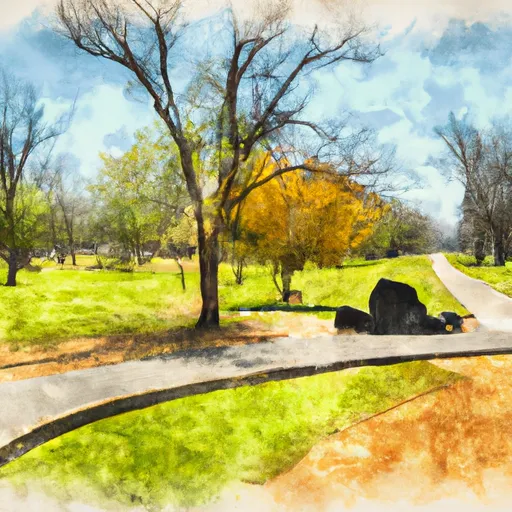°F
°F
mph
Windspeed
%
Humidity











Tyler, Texas is a vibrant city located in the eastern part of the state. Its climate is classified as humid subtropical, characterized by hot summers and mild winters. Summers in Tyler are typically hot and humid, with average temperatures ranging from the mid-90s°F (mid-30s°C) to the low 70s°F (low 20s°C). Winters are mild, with temperatures averaging in the 50s°F (10-15°C).
The city is known for its beautiful lakes and rivers, which offer various outdoor recreational opportunities. The most notable hydrological feature is the 25,000-acre Lake Tyler, providing opportunities for boating, fishing, and water sports. Additionally, the nearby Lake Palestine and Lake Jacksonville offer similar activities.
For nature enthusiasts, Tyler State Park is a popular destination, boasting over 13 miles of hiking trails, swimming areas, and camping facilities. The park's picturesque scenery includes tall pine trees, rolling hills, and a tranquil lake.
Furthermore, Tyler hosts the renowned Tyler Rose Garden, which spans 14 acres and showcases more than 35,000 rose bushes. This stunning attraction provides a lovely setting for outdoor picnics, walks, and photography.
In conclusion, Tyler, Texas offers a pleasant climate, beautiful lakes, and numerous outdoor recreational opportunities, making it an ideal destination for those who enjoy nature and outdoor activities.
Weather Forecast
Tyler receives approximately 1138mm of rain per year, with humidity levels near 79% and air temperatures averaging around 19°C. Tyler has a plant hardyness factor of 8, meaning plants and agriculture in this region tend to thrive here all year round.
Regional Streamflow Levels
0
Cubic Feet Per Second
260
Cubic Feet Per Second
267
Cubic Feet Per Second
855
Cubic Feet Per Second
Nearby Camping
| Camping Area | Reservations | Toilets | Showers |
|---|---|---|---|
| Lake Houston Wilderness Park | |||
| Lake Hawkins County RV Park | |||
| Mission Tejas State Park | |||
| Double Lake | |||
| Wolf Creek Park - Lake Livingston | |||
| Rusk - Palestine Park |



